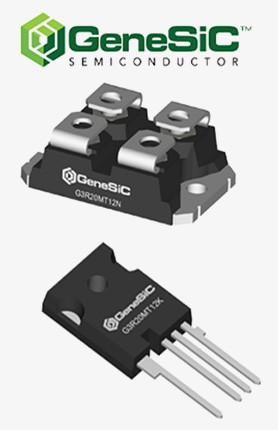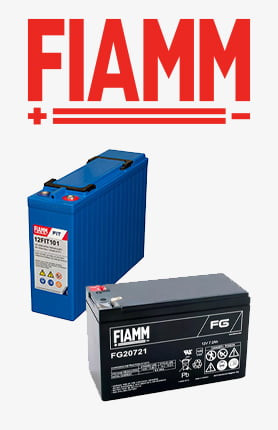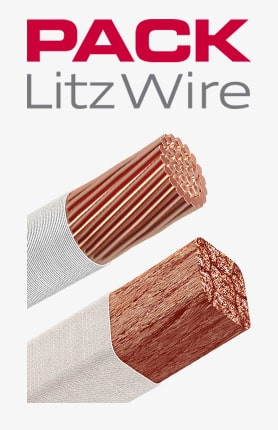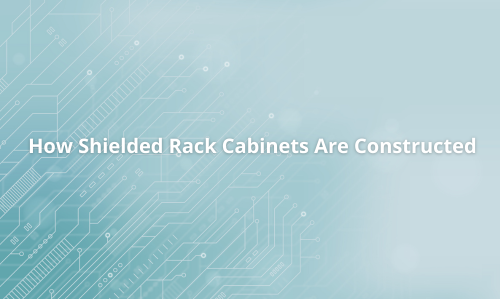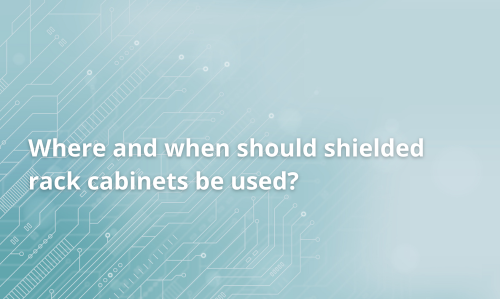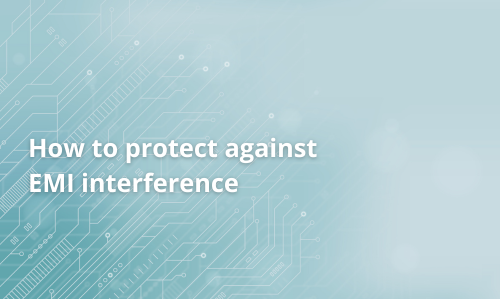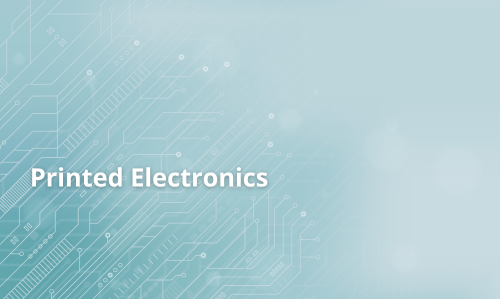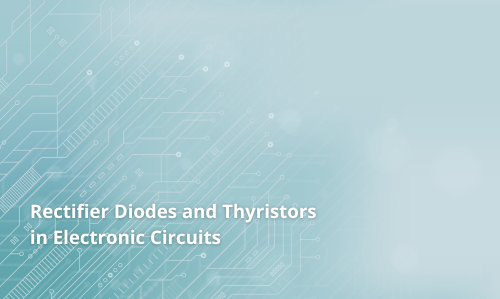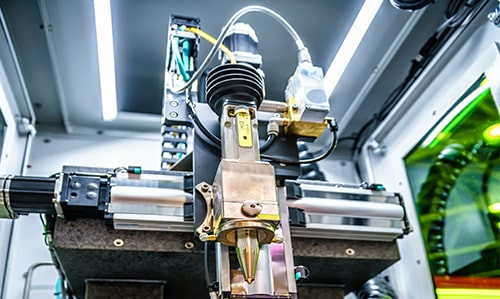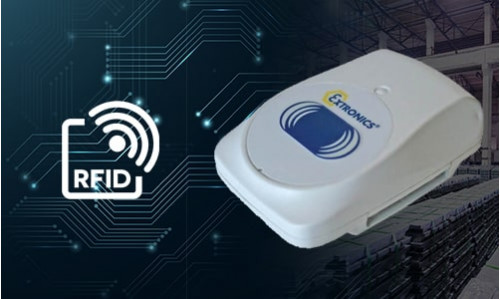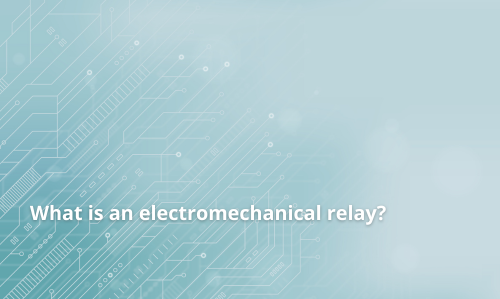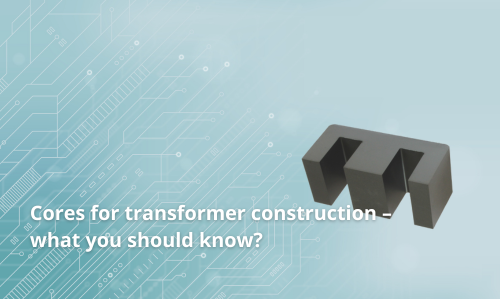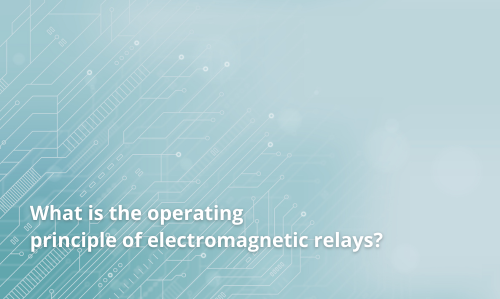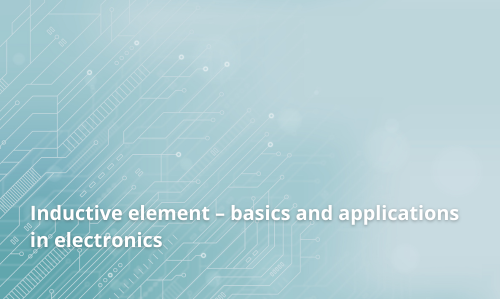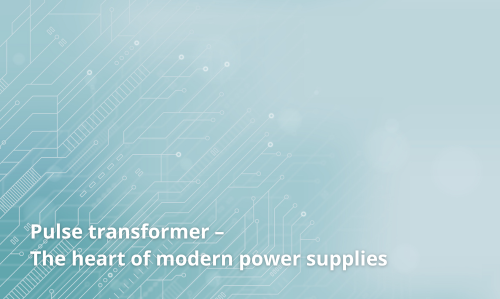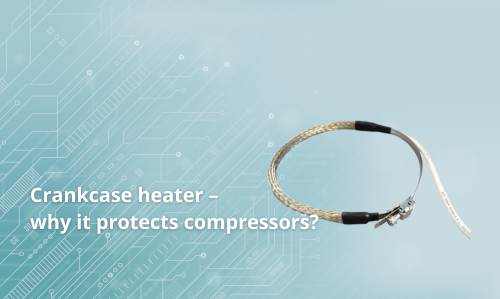The article explains the construction of shielded rack cabinets designed to protect electronic equipment from electromagnetic interference (EMI and EMP). It covers materials used, prefabricated Faraday cages, glass doors with conductive mesh, and ventilation systems that combine effective protection with functionality.
-
Choosing the Right Shielded Rack CabinetRead more
The article discusses how to choose a shielded rack cabinet to effectively protect equipment from electromagnetic interference, ensure proper power supply, ventilation, and integration with IT and industrial infrastructure, considering both freestanding and wall-mounted cabinets.
-
Where and When to Use Shielded Rack Cabinets?Read more
The article explains where and when it is worth using shielded rack cabinets, highlighting their role in protecting IT equipment and industrial systems from electromagnetic interference (EMI) and EMP pulses. It presents practical examples from the military, industrial, medical, telecommunications, and financial sectors, showing how proper shielding increases system reliability, protects data, and minimizes the risk of equipment failure.
-
How to protect against EMI interferenceRead more
Learn how to protect electronic devices from electromagnetic interference (EMI). Discover effective shielding methods, material selection, enclosure design, and advanced EMI suppression techniques.
-
Printed ElectronicsRead more
This article provides a comprehensive guide to Printed Electronics – a modern technology for producing flexible and lightweight electronic circuits. It covers printing methods, conductive materials, circuit design, applications in medicine, IoT, automotive, as well as industrial and consumer implementations. The article also highlights the advantages of printed electronics, its environmental impact, future market trends, and presents the DACPOL company’s offer for innovative flexible printed...
-
Rectifier Diodes and Thyristors in Electronic CircuitsRead more
The article discusses the role of semiconductor components – such as rectifier diodes, fast recovery diodes, and SCR thyristors – in the design of electronic circuits and power controllers. It presents their structure, key features, parameters, and applications in both simple and advanced industrial systems. The author emphasizes the importance of properly selecting current, voltage, and package parameters to ensure reliability, efficiency, and durability. The article also promotes DACPOL...
-
MTL solutions in ATEX zonesRead more
The article discusses the occurrence of explosive atmospheres in industrial plants and the classification of hazardous zones according to ATEX directives and applicable standards. It explains the differences between zones 0, 1, 2 and 20, 21, 22, emphasizing the importance of using intrinsically safe equipment to minimize ignition risks. The second part presents Eaton MTL’s solutions — both wired and wireless Ethernet systems designed for Ex zones — ensuring reliable and safe industrial...
-
Industrial Lighting TechnologiesRead more
The article covers modern industrial lighting technologies, including LED, light source selection, safety, energy efficiency, and applications in manufacturing, warehouses, construction, and the food industry.
-
Industrial RFIDRead more
Radio-Frequency Identification (RFID) is a short-range, automatic, and contactless communication method that uses electromagnetic fields to receive and read information about an object stored on a tag.
-
Industrial Automation – What It Is and Its ApplicationsRead more
The article presents industrial automation – an engineering field responsible for automating production processes. It describes the key components of automation systems, such as PLC controllers, sensors, SCADA systems, industrial robots, and software, as well as their applications across various industries. The text discusses the benefits of automation, including improved product quality, increased efficiency, cost optimization, and workplace safety, and highlights the future directions of...
-
What is an electromechanical relay?Read more
The article explains what an electromechanical relay is, describing its construction, operating principle, types, applications, and advantages and disadvantages. It shows how the device allows safe control of high-power circuits with minimal energy consumption.
-
Peszel – An Indispensable Solution for Cable ProtectionRead more
The article explains what peszle are, their types, applications in residential, industrial, and public buildings, as well as guidelines for installation and cable protection. It highlights the benefits of peszle, such as protection against mechanical damage, moisture, UV radiation, and fire, while facilitating cable routing in hard-to-reach areas, thereby enhancing the safety and durability of the entire installation.
-
Transformer cores – what you should know?Read more
The article presents the importance of cores in transformer construction, discusses their types – ferrite, toroidal, and laminated – and explains how they affect efficiency, energy losses, and device stability. You will learn how the core works with windings in both switching and classic transformers, as well as its applications in converters, power supplies, chokes, and resonant circuits. The text emphasizes the role of cores in designing efficient and reliable electronic systems.
-
What is the operating principle of electromagnetic relays?Read more
This article explains in detail the operating principle and construction of electromagnetic relays, some of the most important components in electronics and industrial automation. It describes how, thanks to the phenomenon of electromagnetic attraction, relays enable safe switching of electrical circuits, separating control circuits from power circuits. It also presents their types, functions, step-by-step operation scheme, and numerous applications – from industrial automation to consumer...
-
Inductive element – basics and applications in electronicsRead more
The article explains the fundamentals of inductive components such as coils and chokes, their construction, key parameters, and applications in electronics. It describes how they store energy in a magnetic field, stabilize voltage, and filter interference in electronic circuits.
-
Thyristor gate drive transformers – what you need to knowRead more
This article discusses the role of gate drive transformers in thyristor circuits, explaining their operating principle, connection schemes, and typical applications in power electronics and industrial systems. It highlights the importance of isolation, precise gate triggering, and protection of control circuits.
-
Pulse Transformer – The Heart of Modern Power SuppliesRead more
The article describes the principle of operation, construction, and applications of pulse transformers, which are an important component of modern switch-mode power supplies (SMPS). It explains the differences between pulse transformers and traditional mains transformers, emphasizing their advantages—high efficiency, compact design, galvanic isolation, and reliability. The text also discusses materials used in ferrite cores, converter circuit topologies, and typical areas of application such...
-
Crankcase heater – why it protects compressorsRead more
This article explains the function and importance of a crankcase heater for compressors in HVAC systems. It describes how it prevents refrigerant migration and oil dilution, protects bearings, reduces the risk of damage in low temperatures, and improves start-up reliability.

